France - June2016- Gun Batteries at Longues-sur-Mer
|
|
Our B&B hostess recommended visiting the Longues-sur-Mer battery which was located between the Allied landing beaches of Gold and Omaha. So we checked it out and I was glad we did.
The four 150mm gun battery was located in a shallow semicircle 300 yards inland. The coastal battery is the only one in Normandy to retain all its original guns in place in the D-Day region and was listed an historical monument in October 2001.
Unlike the famous Pointe-du-Hoc coastal gun battery which was operated by the German army, and didn't have the fire control to hit ships, this battery was operated by the Germany Navy (Kriegsmarine). It had a fire-control system which allowed it to track and hit moving ships.
|
| |
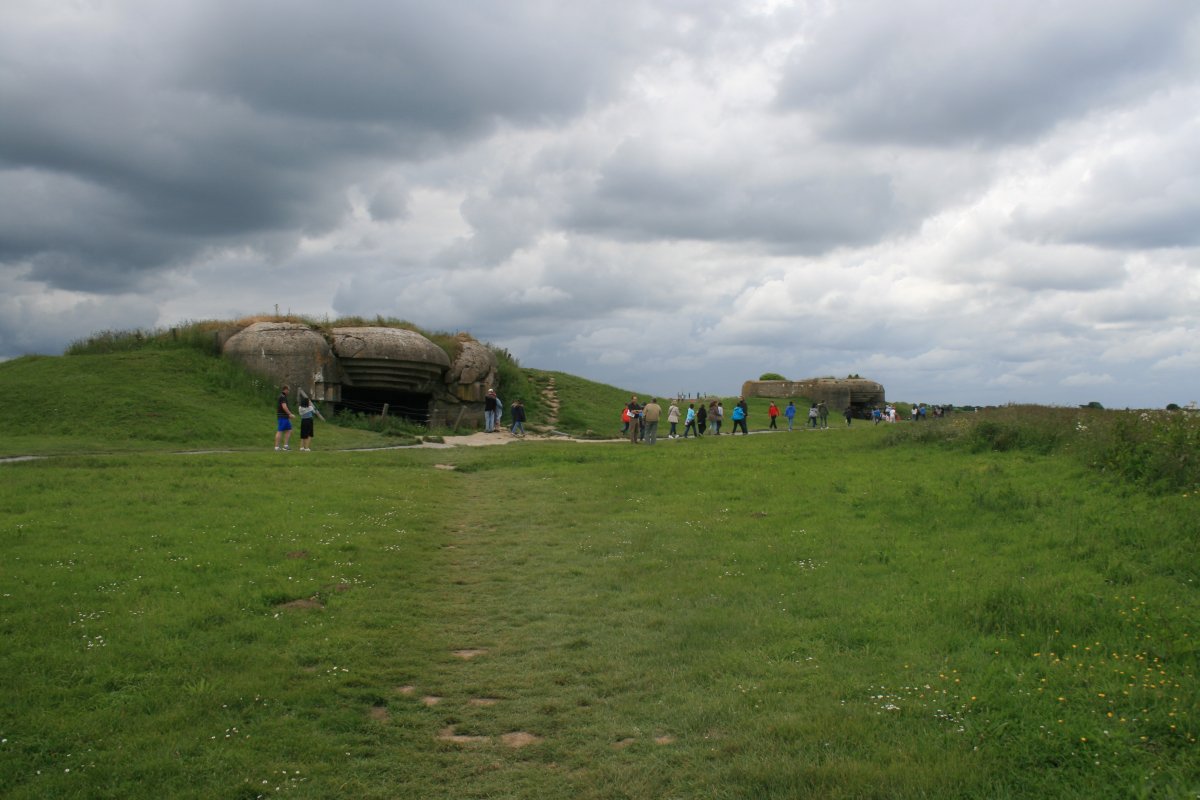 |
|
|
There were four casements, each with a 150 mm gun capable of firing 12 miles.
|
| |
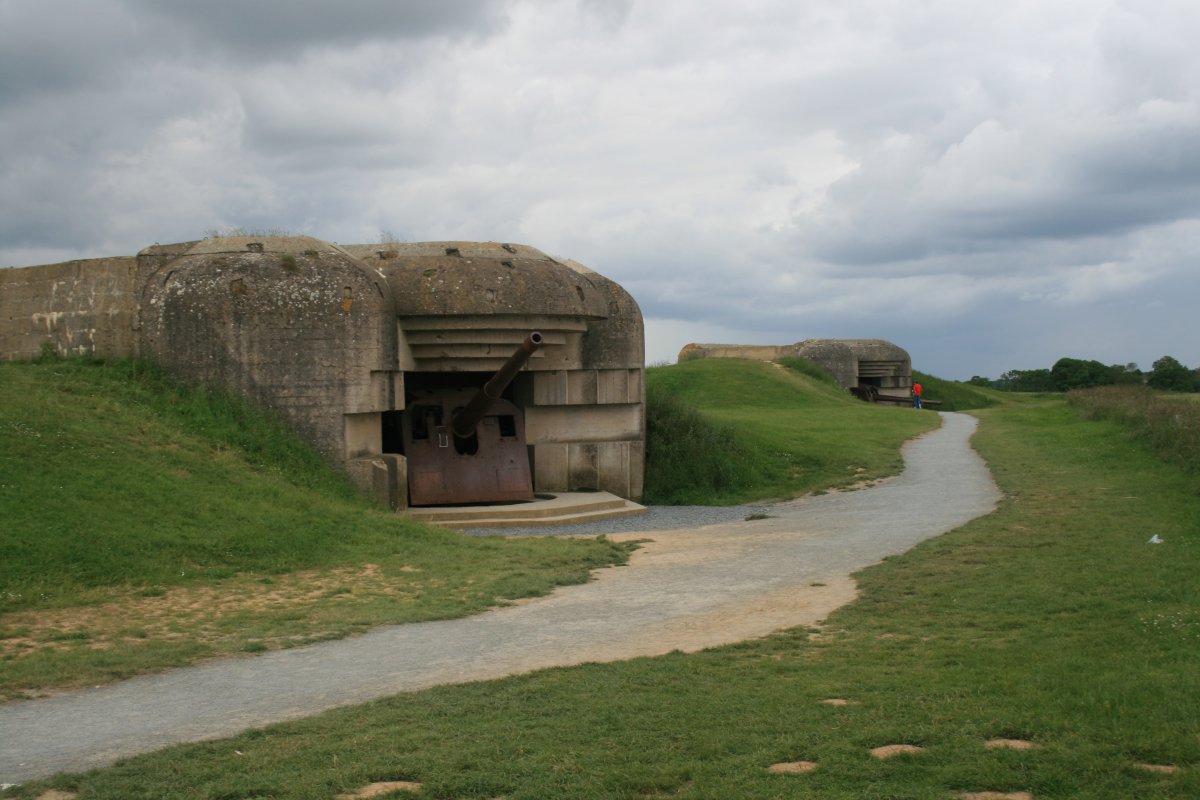 |
|
| The Germans did not complete construction on the Longues-sur-Mer coastal battery until a few weeks before D-Day. |
| |
 |
|
|
|
| |
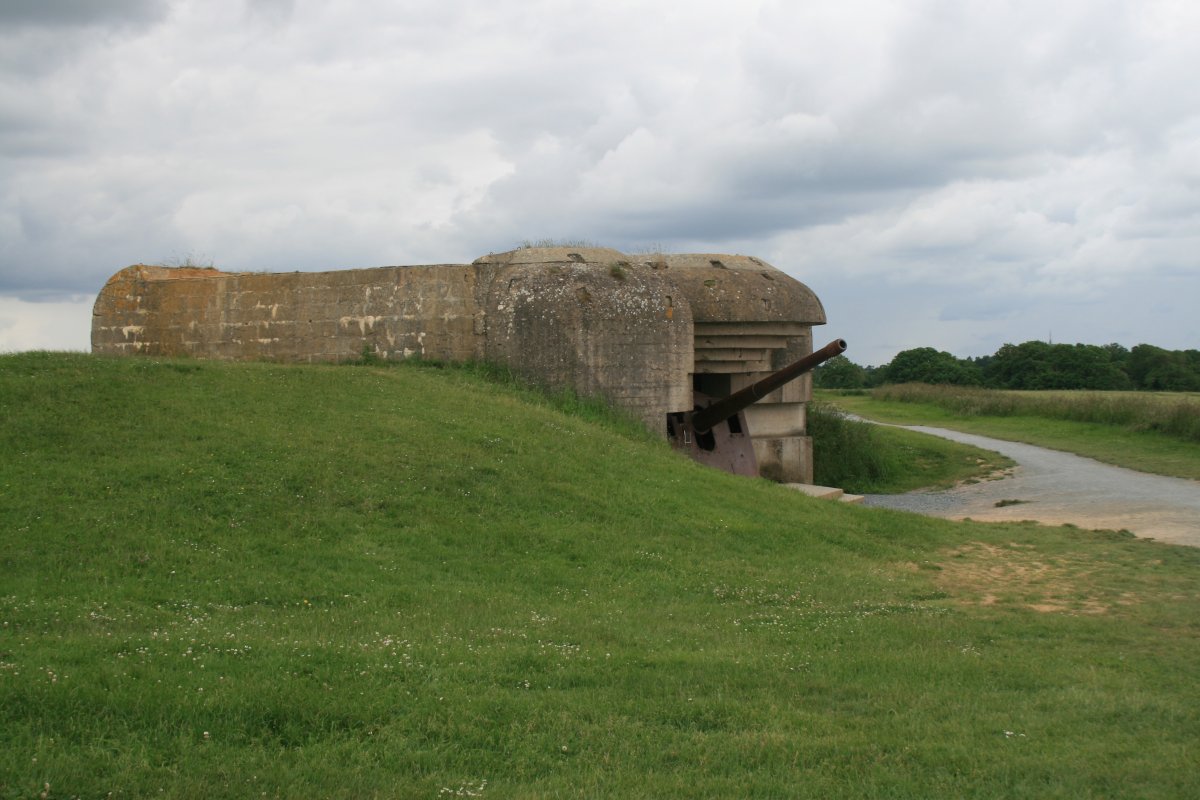 |
|
| Looking back at three of the four gun battery casemates. |
| |
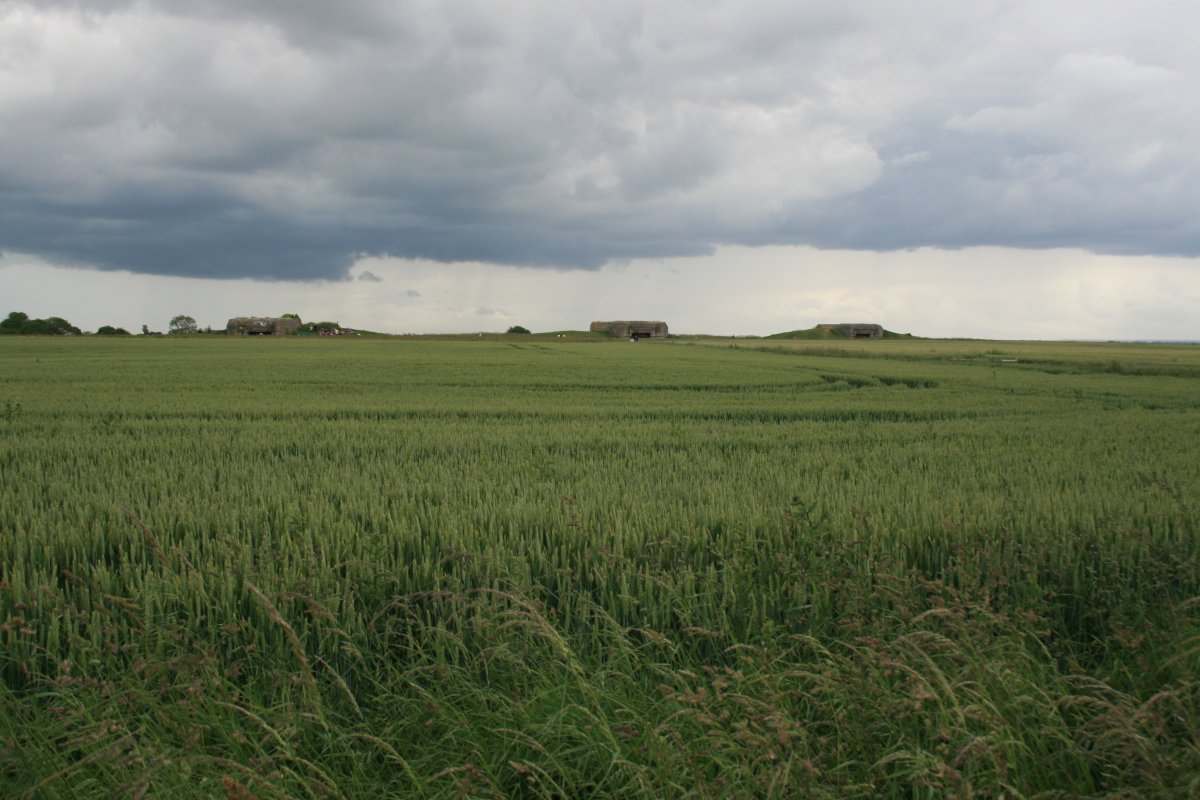 |
|
| This two-story observation bunker on the cliff's edge was designed to direct the firing of the four guns inland. It communicated with each gun battery via an armoured electrical communication system. You might recognize this observation bunker from the film The Longest Day. |
| |
 |
|
|
Looking out at sea from the observation bunker. As you can see, it had quite the view. What must have gone through the occupants minds on the morning of June 6, 1944 when they looked out and the ocean was filled with ships?
Despite the large effort and expense it must have cost to build this coastal gun battery, not to mention man it, in the end they were effectively neutralized by bomber and naval gunfire attacks on D-day and accomplished little. The bombing damaged the communication cables between the batteries and the observation bunker, as well as knocking out one casement. Without the fire control system, the battery was not able to hit a single ship, firing only 100 rounds to little effect. Although within range, it did not engage land targets on Omaha Beach. The crew of the battery (184 men, half of them over 40 years old) surrendered without a fight to British troops at midday on June 7.
|
| |
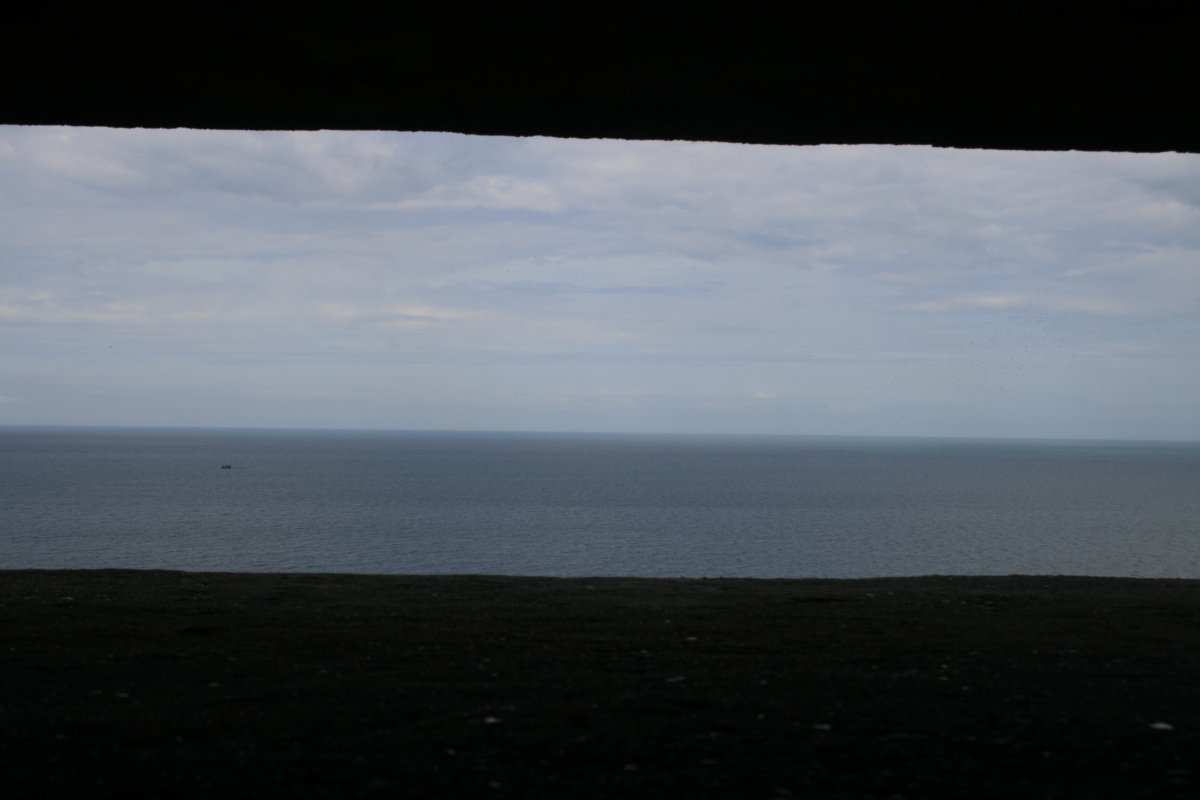 |
|
|
Entering the observation bunker from the rear.
|
| |
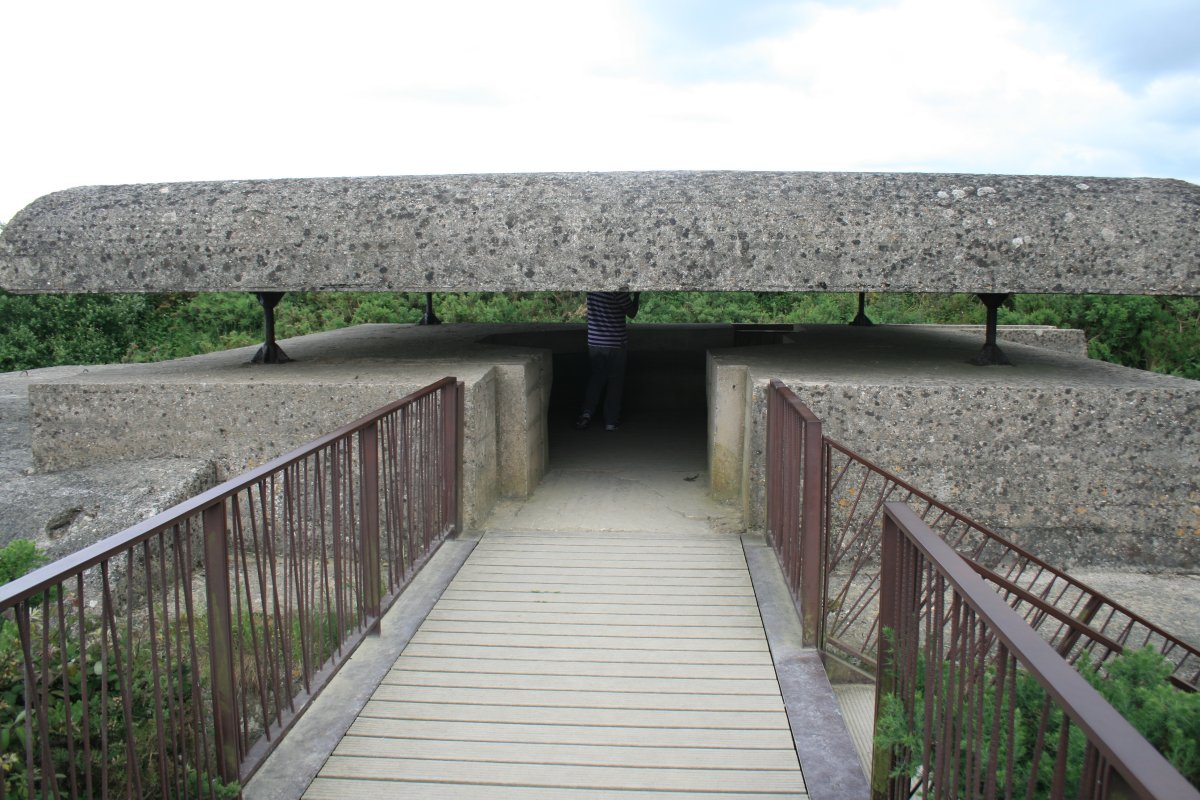 |
|
|
Looking to the east is Arromanches. The remnants of the Mulberry Harbor are clearly visible.
|
| |
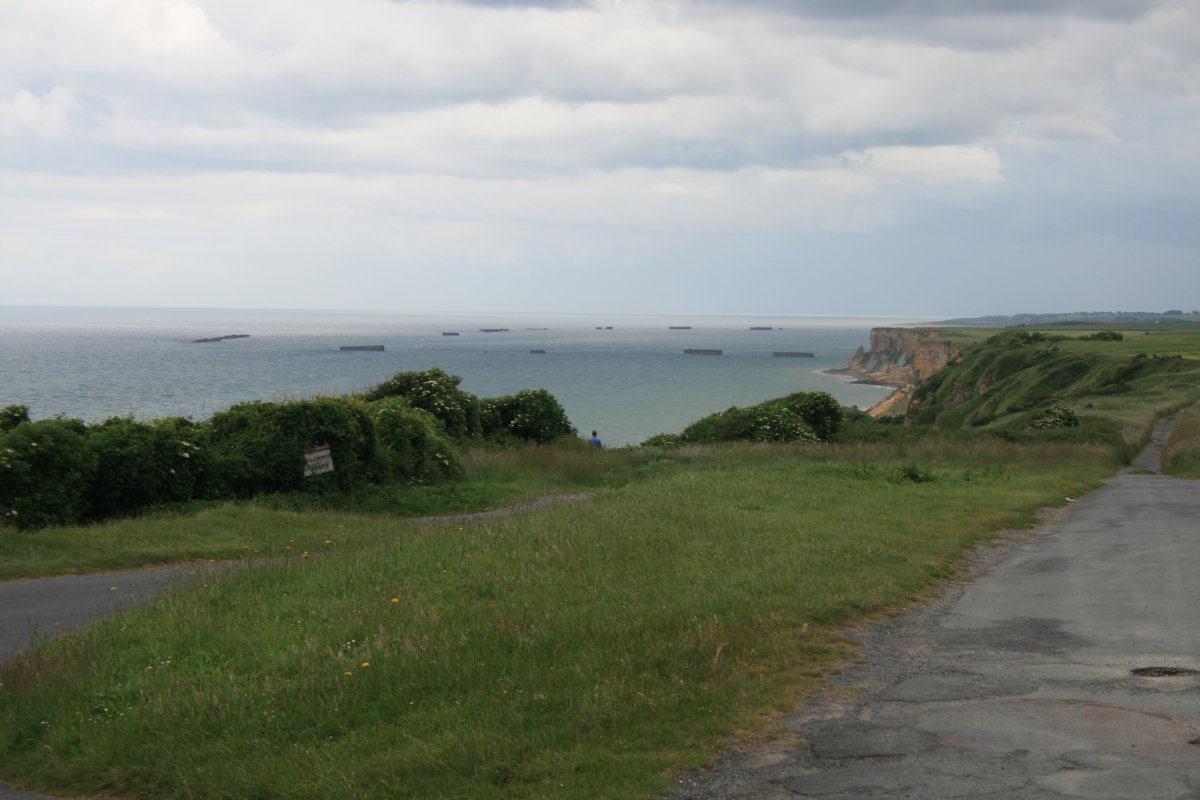 |
|
| Air power was key during World War II and the Allies had absolute air supremecy during the Normandy campaign. An example of this is that they were able to build an airstrip behind Omaha Beach at Saint-Laurent only three days after D-Day. It wasn't much -- a 3,340 ft long dirt strip -- but it was very useful as an emergency landing field, airlifting wounded back to England, and to bring in urgent supplies. Fifty similar airstrips had been constructed by August. The airstrip was only operational until September 25, 1044 and then turned over to local authorities, it's mission accomplished. |
| |
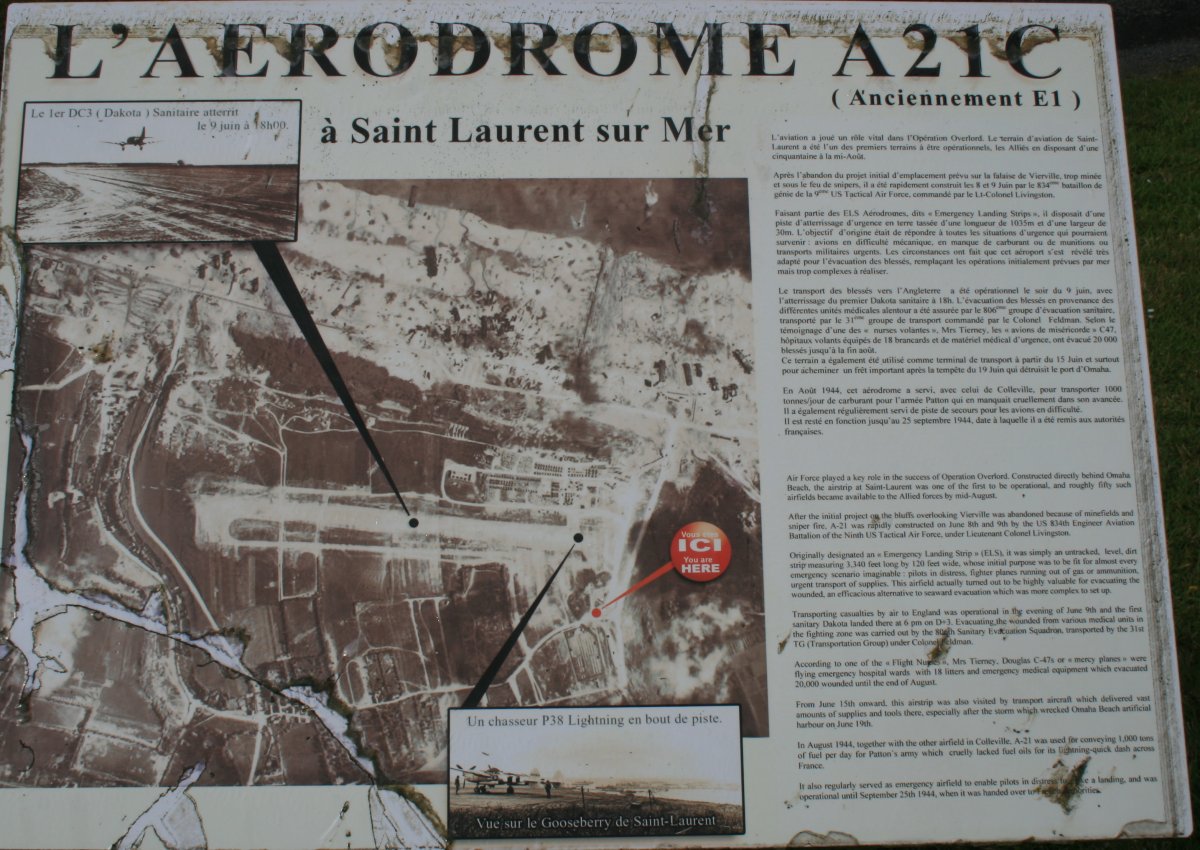 |
|
| What the location of airfield A21 now looks like. |
| |
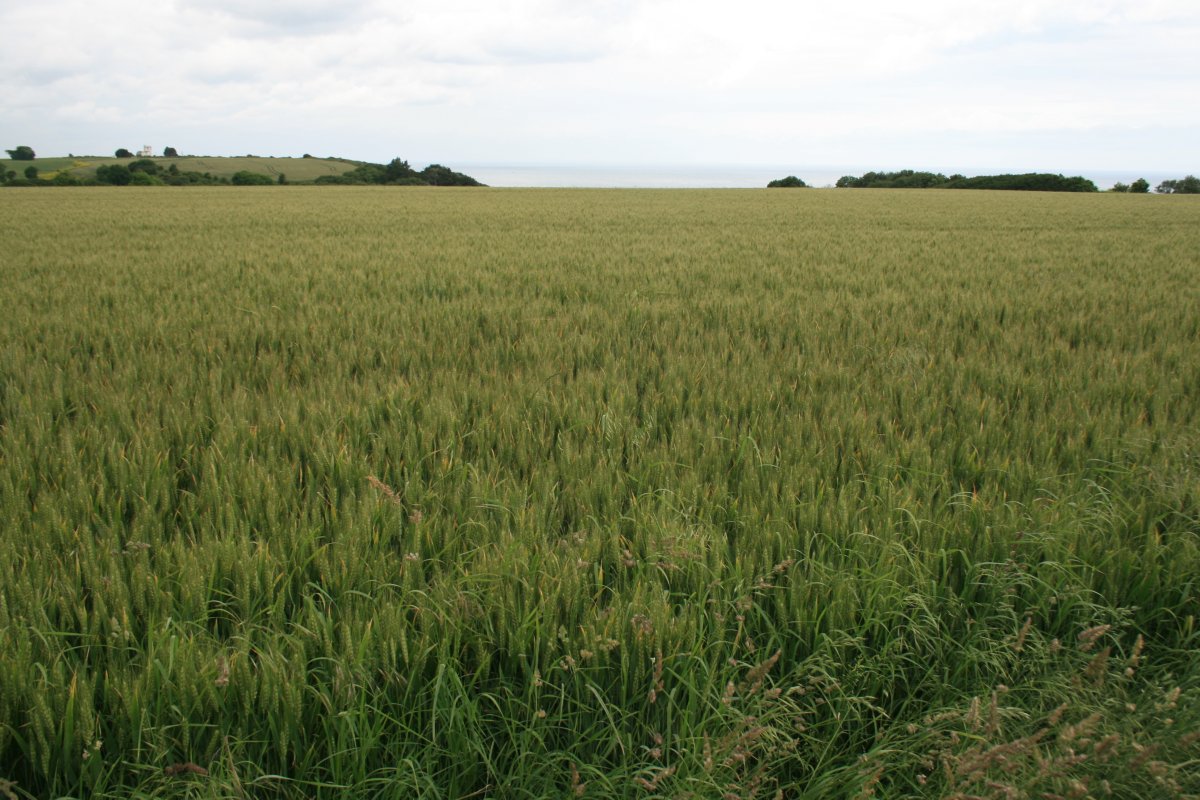 |
|
| |
| |
|
|
|
|
|
|










